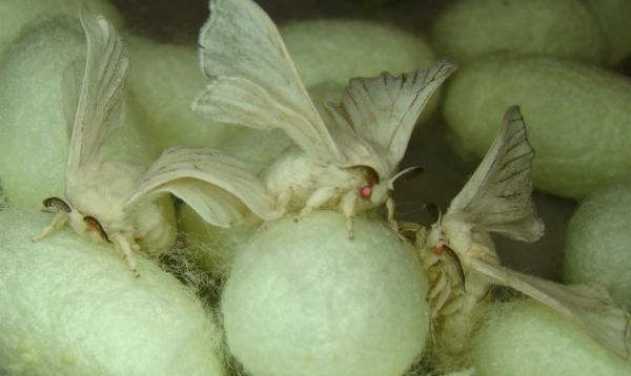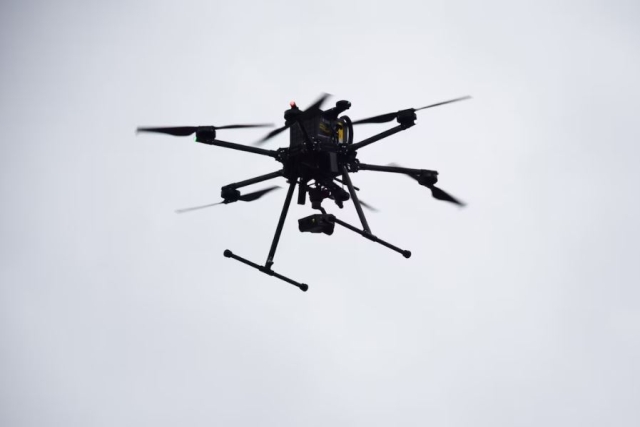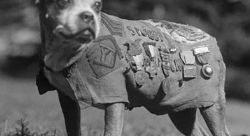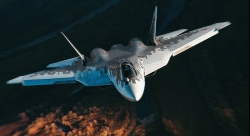US Army To Invest On Genetically Engineered Spider Silk For Body Armor, Underwear

The US Army has awarded a $1 million contract to Kraig Biocraft Laboratories (KBL), to develop a genetically modified “spider silk” material that could hypothetically be used for protective armor, even underwear, for soldiers.
The contract was made with KBL, a bioengineering company that aims to genetically modify silkworm and spider silk into high-performance polymers.
Under this project, known as Dragon Silk, Kraig aims "to design, produce, and deliver additional recombinant spider silk materials tailored for the protective needs of our soldiers,".
"We will be working closely with our sponsor agency to match the performance of our spider silk to their specific use cases and protective applications," KBL COO Jon Rice said.
The original contract was an exploratory $100,000 one, signed in summer 2016.
In May, KBL displayed "shoot packs" of their genetically modified silk to Army officials. The Pentagon must have liked it as it may give KBL 10 times as much money for their continued research.
"When I founded this company it was with the dream that one day we would work with the US Army to produce ultra-high strength materials in support of our warfighters," said founder and CEO Kim K. Thomson.
"The Army's exercise of its option under our agreement validates that dream. Our team is honored to be working on this noble project and we intend to provide this very important customer with the very best high strength polymers using our recombinant spider silk technology."
The intent of making genetically-modified spider silk underwear is to protect the crotches of US soldiers. The genital injuries were common among those serving in Iraq and Afghanistan, as improvised explosive devices (IEDs) explode from the ground-up.
Spider silk is tougher than regular worm silk, and about half as tough as Kevlar. But it’s far more flexible, (3 percent elasticity for kevlar versus nearly 40 percent for spider silk.)
Moreover, the energy absorption of the material could be much higher than kevlar (as determined by multiplying the strength of the fiber by the elongation.)














